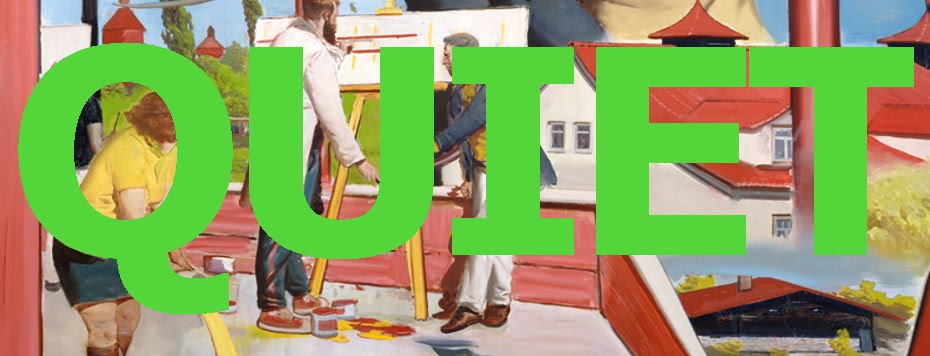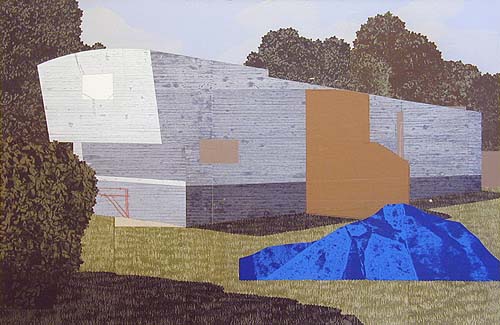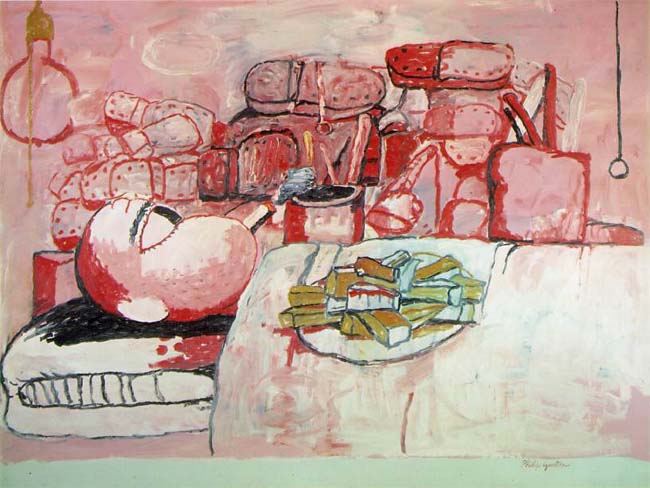Kelsey was trying to leave out some History from her Art History course the other day. "There is just too much! How can I possibly leave anything out?!" I stood over her shoulder, watching her try to shorten hundreds of years of Art into one, three hour presentation. I agreed, how do you fit the rich and complex ideas you learn
beyond school back into school? You don't. The solution was to teach only the most valuable and accessible lessons (especially in a summer course). The rest would be acquired, layer by layer, with subsequent courses, experience and self-discovery.
The presentation included Impressionism. She flipped through slides of Edouard Manet and later Mary Cassatt. She ended up trimming her more involved and interesting compare and contrasts like of Manet's
Olympia or
A Bar at the Folies-Bergere. But the images that struck me were
Manet's Luncheon on the Grass and Cassatt's
Mother and Child (both pictured).
With
Luncheon I was stunned to have forgotten how
modern it really was. Kelsey explained it's
significant nods to many other paintings in history. But I was interested in the strange space depicted and how similar it felt to what I was thinking about. Everything seems to fit together, and then yet also exists alone. The figure in the water almost separate. All the figures themselves nearly detached from paint articulating a forest clearing, but in some areas becoming just about paint. It really was a joy to discover how the painting was very much an predecessor of things explored in Cecily Brown's paintings or Neo Rauch.
I had forgotten about Manet's ability to transition from Realism to the Impressionistic. And with Cassatt's work, I had forgotten about some of the deep tones and changes of edges that give you an emotional sense of touch. Like the child's hand on her mother, compared to the other hand at her chin. The uses of grays and fuzzy mark making, against deep colors and sharper contrasts.
Both of these paintings, despite their subject matter or categorization in Art History still have more to teach me.
I don't think I'll ever come back around to Impressionism as anything but over-rated and heavily commodified. But it's still important. And when I get right back into the subject matter painted by Manet or Cassett I grow bored. But what a joy to have learned of them and dismissed them, then later revisit the same works and realize they have more. With some of those new layers of understanding I see them in a completely new way.






























.jpg)


















